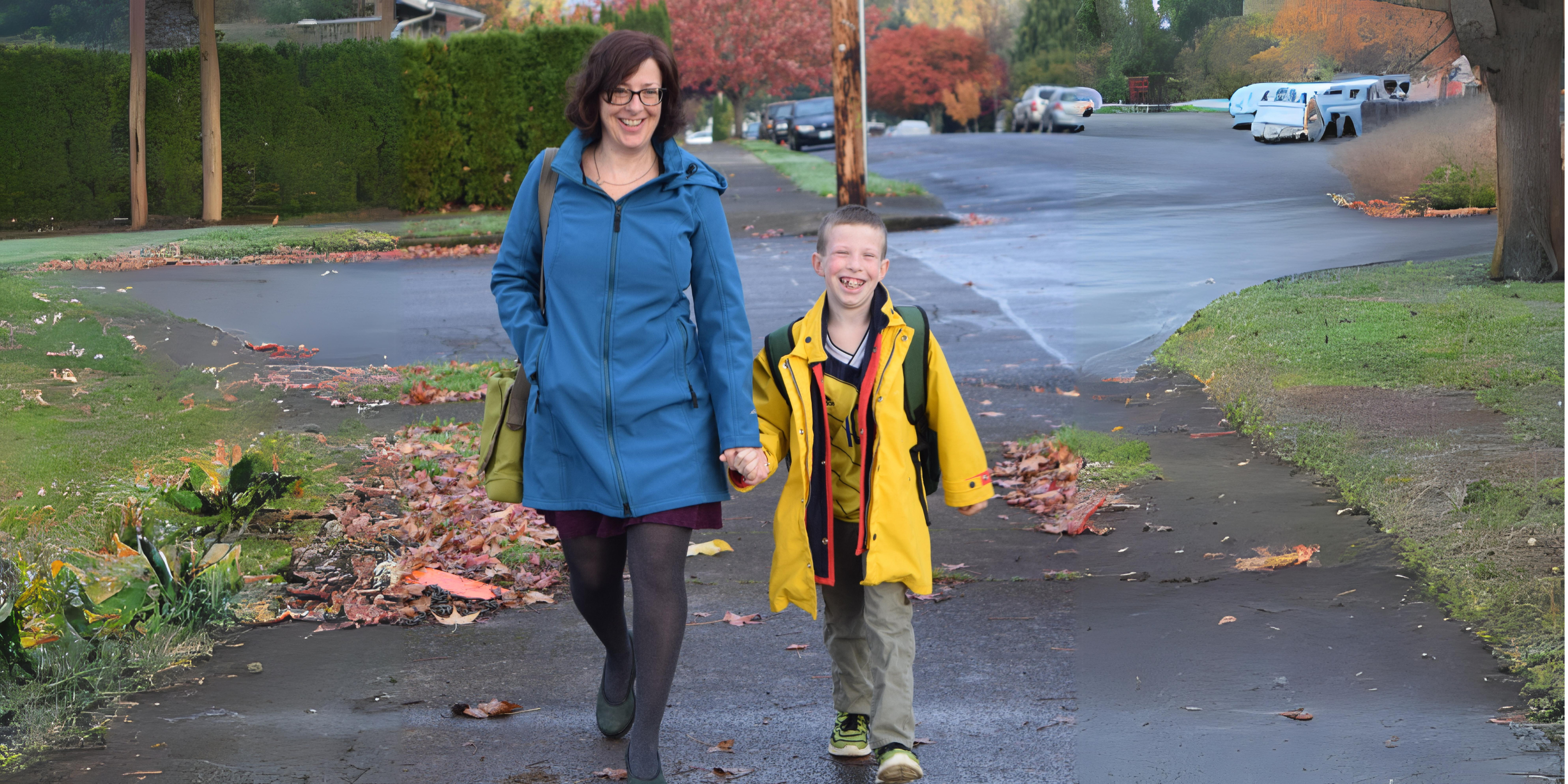Seasonal changes are a natural part of life, but for some neurodivergent individuals with disorders that affect sensory processing — ADHD, Autism, Sensory Processing Disorder, etc. — these transitions can often pose unique challenges. It’s helpful to consider how these individuals experience and navigate seasonal changes when guiding and supporting them through these transitions. By exploring the sensory aspects of these transitions we come away with this understanding. Read on to see some of the impacts of changes in outerwear, weather, food, and holidays on individuals with sensory sensitivities and some ideas on how to make these transitions more sensory friendly.
Changes in Outerwear
For many, the shift from summer to fall or winter means a wardrobe update. The cozy sweaters, scarves, and boots that many people look forward to can be a source of discomfort for individuals with sensory sensitivities. Here are some ways to address these challenges:
1. Texture Matters
Consider clothing made from soft, sensory-friendly materials like cotton or bamboo. Avoid scratchy tags or rough fabrics that might irritate sensitive skin.
2. Layering Options
Provide layering options for those who prefer to control their body temperature. Lightweight, breathable layers can help individuals adapt to changing weather without feeling overwhelmed.
3. Adaptive Clothing
Explore adaptive clothing options that are designed with sensory needs in mind. These garments often feature seamless designs and tagless labels.
Changes in Weather
Weather changes can be particularly challenging for neurodiverse individuals who are sensitive to temperature, humidity, or other atmospheric conditions. Here’s how we can support them:
2. Weather Alerts
Use weather apps and tools to keep individuals informed about upcoming weather changes. Communicate how a change in weather might affect, or not affect, routines and schedules. Knowing what to expect can help reduce anxiety.
2. Comfort Zones
Create safe and comfortable spaces indoors for individuals who may struggle with extreme weather conditions. These spaces can offer sensory-friendly comforts like dimmed lighting and noise reduction.
3. Sensory Tools
Provide sensory tools like weighted blankets or fidget toys to help individuals cope with anxiety related to weather changes.
Changes in Food
Seasonal shifts often bring changes in diet and available foods. For those with sensory sensitivities related to taste, texture, or smell, this can be challenging. Consider the following:
1. Menu Adjustments
Be flexible with food options, especially during holiday gatherings. Offer alternative dishes that cater to various dietary preferences and sensory needs.
2. Advance Notice
Communicate menu plans in advance to allow individuals to mentally prepare for new foods. This can help reduce anxiety and sensory overload.
3. Sensory-Friendly Eating Spaces
Provide quiet, low-stimulus areas for those who may need a break from the sensory demands of mealtime.
Holidays
Holidays are a time of celebration but can be overwhelming for neurodiverse individuals due to sensory overload from decorations, music, and social interactions. Here’s how we can make holidays more inclusive:
1. Sensory-Friendly Decorations
Opt for soft lighting, minimalistic decorations, and quieter music to create a more comfortable sensory environment. Consider the sensory components of fog machines, candles, and incense as these can be overwhelming.
2. Communication
Let guests know about the schedule and activities in advance so they can mentally prepare for the event.
3. Quiet Zones
Designate quiet, sensory-friendly spaces for individuals to take a break when needed.
Recognizing the sensory challenges associated with seasonal transitions and adopting inclusive practices can create a more accommodating and understanding environment for neurodivergent individuals. Empathy, communication, and thoughtful adjustments can go a long way in ensuring that everyone can enjoy the beauty of each season while respecting their unique sensory needs and preferences. Check out Part 2 to read about the changes in routine that can support neurodivergent individuals “suit-up” for the outdoors and seasonal changes.
Interested in ways to support these transitions for students in schools? Check out our School Programs page to learn more about how The Shadow Project helps educators support their students individual needs.


Comments are closed.